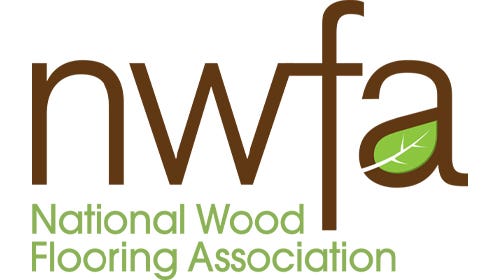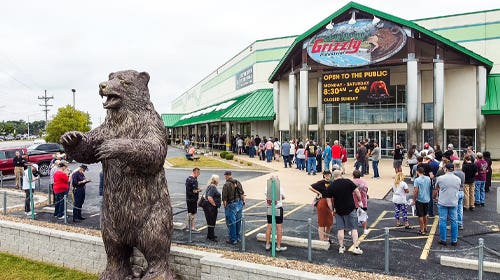Getting spalted maple is like ‘finding truffles in the forest’
Though rare and difficult to find, spalted maple, with its eye catching black wavy streaks, is in high demand, according to hardwood and veneer suppliers interviewed by Woodshop News.
Though rare and difficult to find, spalted maple, with its eye catching black wavy streaks, is in high demand, according to hardwood and veneer suppliers interviewed by Woodshop News.
Spalted maple starts as a regular maple until decay causes a black marble pattern to form, making it anything but a commodity. Parker Nichols of Vermont Wildwoods in Marshfield, Vt., is so intrigued by the spalted look he’s focused on producing it rather than relying on finding logs where spalting has naturally occurred.
“Spalted wood is traditionally something that’s been found by woodworkers, rather than produced. It’s like the equivalent of finding truffles in the forest. I’m one of the first folks getting commercial volumes of spalted wood because I’ve figured out a formula to produce it. I age it like blue cheese,” says Nichols, who has shifted from hardwood to primarily veneer and plywood production. “There’s a very long aging process in this. It’s about three years. We start with veneer logs and go through a very unique aging process that mimics a tree rotting in the forest.
“Spalting can occur in any of the blonder woods like poplar, beech, birch and basswood, but they rot too quickly so as a woodworker you don’t have the time to actually appreciate the beauty of those black lines. It becomes too punky and unusable. With maple, it is still usable.”
Rob Lamoureaux, of Parkerville Wood Products in Manchester, Conn., adds that spalted maple is harder to find than curly or bird’s-eye maple.
“It’s highly sought after for decorative things, but the issue with spalted maple, as far as using full-length boards, is the spalting starts at the bottom of the tree and usually doesn’t get very high. Maybe 3’ to 4’ will look really spectacular, almost like marble cake, then as you get 4’ to 5’ and up it either disappears completely or fades out,” says Lamoureaux.
“It does look really good in a tabletop though, when you have spalted maple at one end and regular maple at the other end.”
Black streaks also appear in ambrosia maple, caused by beetle damage rather than fungus.
“We would sell more spalted if we had it. It’s just hard to come by,” says Doug Grove of Groff & Groff Lumber in Quarryville, Pa. “But the ambrosia maple is a lot easier to find than the spalted. It’s hard to find really big pieces of the spalted because a lot of times it only runs a couple of feet on the ends of the boards. With ambrosia, a lot of that goes the whole way through. We sell a lot of ambrosia for tabletops and countertops. But anything with a natural edge right now is moving for us, anything with character.”
Retail prices for 4/4 spalted maple were quoted at $7.50 to $9/bf, though price is often dictated by the amount of figure.
This article originally appeared in the November 2018 issue.







